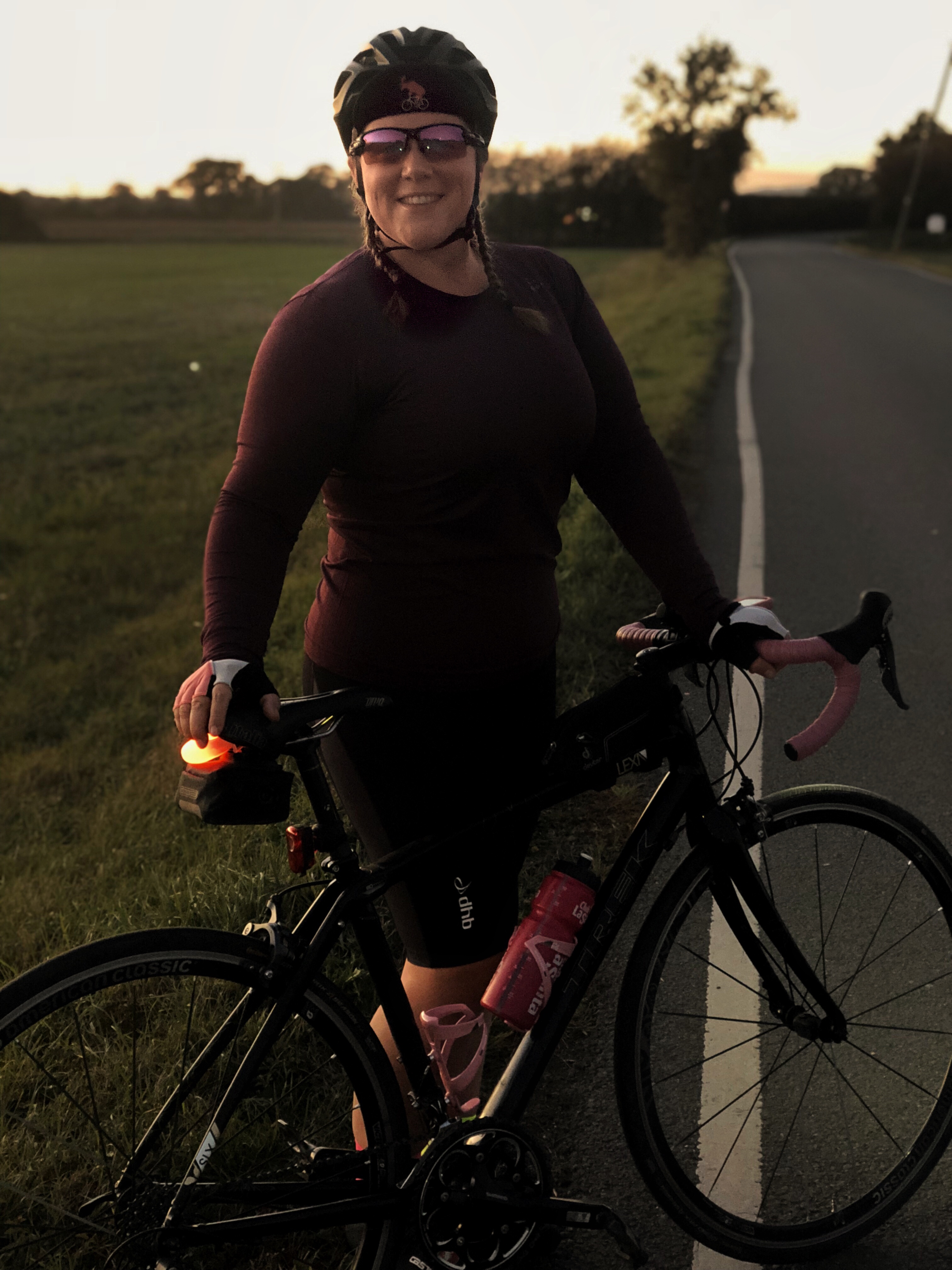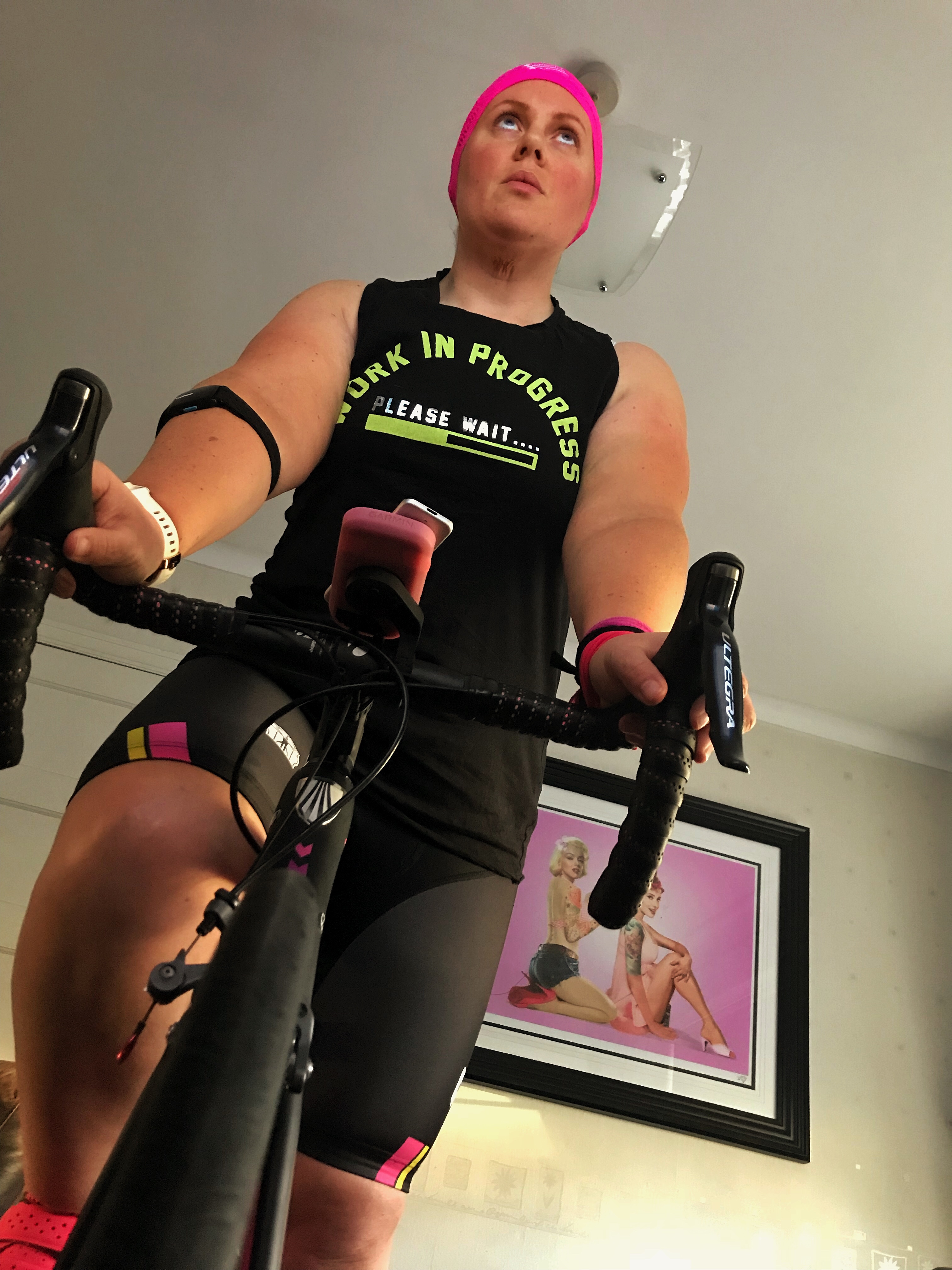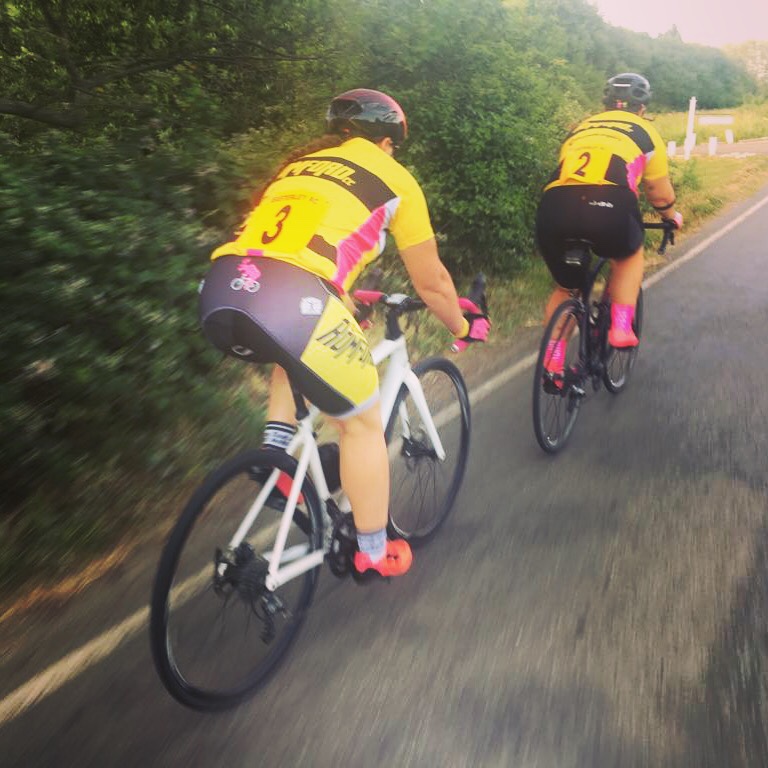I have been cycling now for 3 years and it all started when my husband decided he would sign me up for a 100 mile sportive, because that is as good a place as any to start right?

My longest ride to date was the Vatternrundan 300km ride in Sweden that I completed in 2017 with two amazing friends, Laura and James (you can read about it here). I loved it and I am going back this year to do it again. But why stop there? I have also signed up for the Ladies 100km ride and half Vattern 150km ride in the same week so my training between now and then needs to be focused and have the appropriate structure to it to ensure I can complete these events with no issues.
 Where do you start? Everyone’s approach to training is different so I will discuss here where I will be starting and what my plan is.
Where do you start? Everyone’s approach to training is different so I will discuss here where I will be starting and what my plan is.
I had some time off over Christmas and took advantage by getting in extra bike miles but by doing 225 miles over the 8 days I was left with very tired legs and more than a bit disappointed with my performance. Moral of the story = train smart and don’t be like Lisa!
I then took the advice of my husband and stayed off the bike for a few days before completing an FTP test. What is an FTP test? I did a blog post previously which you can read here and yes feel free to laugh as you will read correctly I fell off my turbo – that’s right I basically fell off a stationary bike! Basically it is a functional threshold power test (otherwise known as FTP) is used by many in cycling training terms and is basically the maximum power you can sustain for a given period. When developing a plan it will use this figure as a base for things such as intervals and to measure improvements. It is used by many of the professional cyclists, which I am not, but is great for use on Zwift, which I use on my turbo trainer so is a necessary evil. I think FTP should stand for Feel The Pain – it hurts.

With the FTP complete I can now build on my base fitness. My training plan will include:
- Interval sessions – a workout including short efforts to build power and fitness, these may be set on the turbo based on power or on the road based on cadence/speed
- Threshold sessions – these are uncomfortable, basically riding max out and where ‘drop rides’ come into place – you do a route as fast as possible and if you can’t keep up you get dropped. Sounds harsh but everyone rides at a different pace and you are only in competition with yourself. Time trial riding will come into play here too.
- Long ride sessions – these are done at a steady pace that I can comfortably maintain and the aim is to develop base fitness, stamina and endurance
- Recovery sessions – muscles need to repair and whilst this should be the easiest ride in the plan doesn’t take away the value because it still ensure fitness progresses
- Cadence – anyone who knows both myself and my husband will read this and laugh as he is known to shout ‘cadence’ at me during rides – I tend to push a bigger gear but I know that wiser gear choices will leave me with fresher legs and so I worked on this last year and will continue to do the same this year too.
- Fuelling – I use Torq products whilst on the bike but fuelling can change for shorter and longer rides and so it is important to train with the products you will use in events when you are training also – never try something new on race day!
- Strength training – I saw a huge improvement in my bike fitness last year, thanks to my good friend Emma who is an awesome PT, as I incorporated strength and conditioning in my plan and so will absolutely be doing the same again – strong core always helps on the bike especially over longer periods! Some people disagree and you need to do what works for you but bear in mind if you complete exercises that target the muscles used when cycling such as quads, hamstrings, glutes, calf’s, hip flexors, and in turn the muscles around these areas, you are also working on improving fatigue when using these on the bike.
- Be consistent – as with most things consistency is key!
The main reason for the above? I don’t want to just get in the miles which some may call ‘junk miles’ without some structure. The definition for ‘junk miles’ from British Cycling is ‘cycling that has little or no training benefit and only serve to build fatigue’ and they have a great post about this that can be found here. I know what has worked for me and trust the process to do the same again.
The Vatternrundan have resources on their website and suggest that you have covered 1,000km in training for the ride itself. I have set myself a big goal of hitting 5,000 miles in 2019 so should be well over their suggestion by the time of the event. I know 5,000 miles is a lot and will be a tall order so wish me luck!
The Vatternrundan itself has a lot of participants and should you be able to join a peloton (and I say should as we found a lot of groups did not like this or allow you to) experience of group riding is a must, which just gives me the excuse to ride as much as possible with the fellow clubmates at Romford CC more!


Great article I feel very inspired and have all confidence that I will cross the finish line for my 3 triathlon events planned. One of these is an Ironman distance of which I will be in a relay duo and my leg is the bike. With such inspiration I will complete my leg! So thank you for inspiring me I will definitely put in the work as it turns out I am on track.
Awesome to hear thank you! What Ironman relay are you doing?